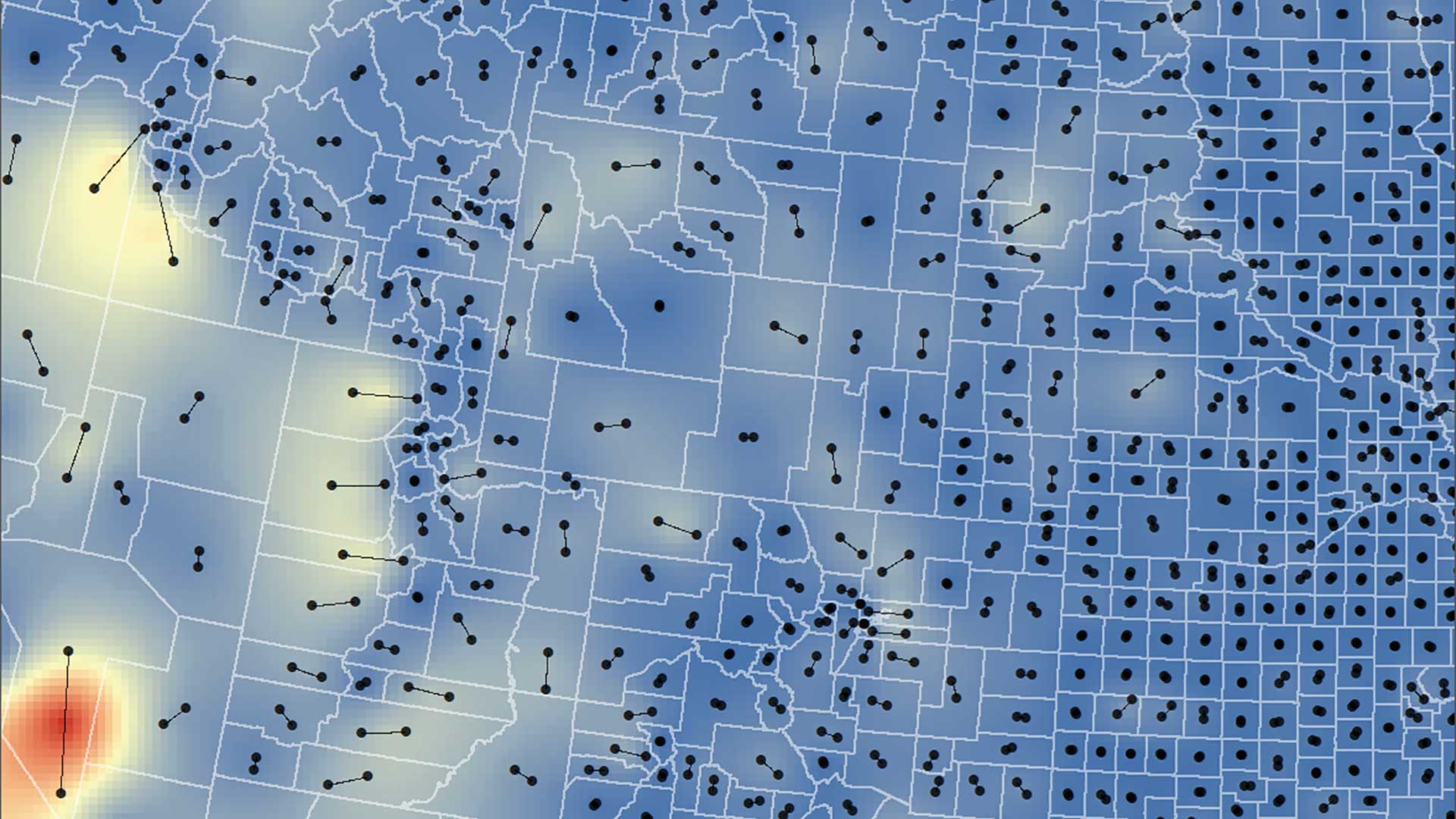As government organizations prepare to modernize mission-critical GIS systems and applications, the question many are asking is not where to start, but how to get to the finish line faster.
The finish line is not the system go-live date. The finish line is the date when the new system begins delivering its intended business value.
From the high-level organizational view, deploying new technology is not the primary goal. The primary goal is to leverage new technology to achieve defined business objectives. The key metrics for technology projects are speed and rate of user adoption. This means the workforce has a major impact on project success. However, a common reason projects fail to deliver the intended business value is a lack of attention to the needs of the people who are expected to use new systems and applications.
The Impact of Technology-Driven Change on Staff
Recognizing the importance of user adoption when implementing the ArcGIS platform, Esri launched a people-focused change management consulting practice in 2017. Esri change management consultants apply the Prosci ADKAR Model for change, a model used successfully by many Fortune 100 companies.
According to research by Prosci, when organizations combine a people-focused change management plan with a technology project plan, they are up to six times more likely to achieve project success.
“Our focus is helping customers achieve their ArcGIS project goals by proactively preparing their workforce for change,” said David Schneider, a Prosci-certified Esri change management consultant.
“Managers expect employees to quickly start using new apps that have been created for them, but a common scenario is that some employees are very comfortable with the familiar workflows that have been in place for years. Employees may actively resist change or simply take longer to adapt to the new environment than leaders expected.”
Brian Collins, GIS manager in the Office of Information Technology at the Montana Department of Natural Resources & Conservation (DNRC), has been working with Esri consultant Michael Green to provide effective change management to employees impacted by a new ArcGIS Enterprise deployment. As the DNRC updates its ArcGIS 10.2 system to the latest version, legacy applications could no longer be supported. To help users adapt to the new environment, project sponsors understood they needed to prepare users for the impending changes.
“One of our keys to success is rooted in the relationships we’ve established with the hundreds of personnel we support. Taking a people-focused approach to change management has presented us with an opportunity to significantly minimize resistance by methodically engaging with our end users throughout the process,” said Collins.
According to Green, engaging users early and often with information about a planned change is a solid strategy to minimize resistance. That is why a detailed communications plan is an integral component of Esri change management plans.
Smooth Transitions Aren’t Automatic
Many state Departments of Transportation (DOTs) are modernizing their approach to field data collection. Leaders clearly recognize the business value of replacing paper-based workflows with devices running mobile applications such as ArcGIS Collector.
Schneider and Green have worked with several state DOTs. “Because smartphones and apps have become so engrained in our culture, there may be a perception that getting large groups of people to use apps in place of paper should be quick and easy,” said Green.
“While the apps are easy to use, ensuring that impacted staff quickly adopt the new workflow requires preparation and planning. To facilitate a smooth rollout, the project team needs to have a plan in place to build awareness of the change and support the supervisors of frontline employees performing the data collection workflows.”
Smooth transitions to digital workflows occur when impacted personnel understand the need for change, feel supported during the change, and have tools in place to successfully adapt to change.
Esri change management consultants are experts in helping organizations navigate the three phases of change: preparing for change, managing change, and reinforcing change. Through in-depth discussions with project sponsors and stakeholders, they develop a comprehensive plan to minimize change resistance, accelerate user adoption, and help organizations reach the finish line faster.
For more information on Esri change management consulting, contact your Esri account team or visit Esri Change Management Consulting.




